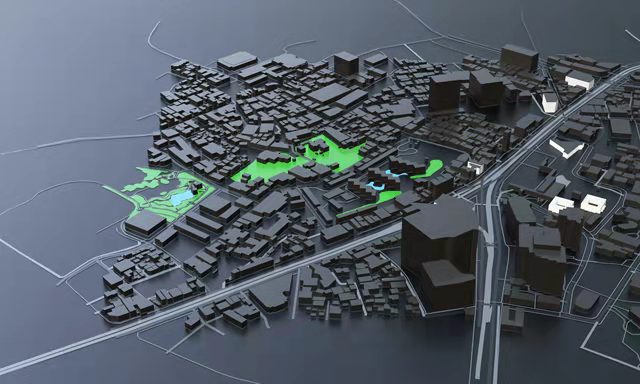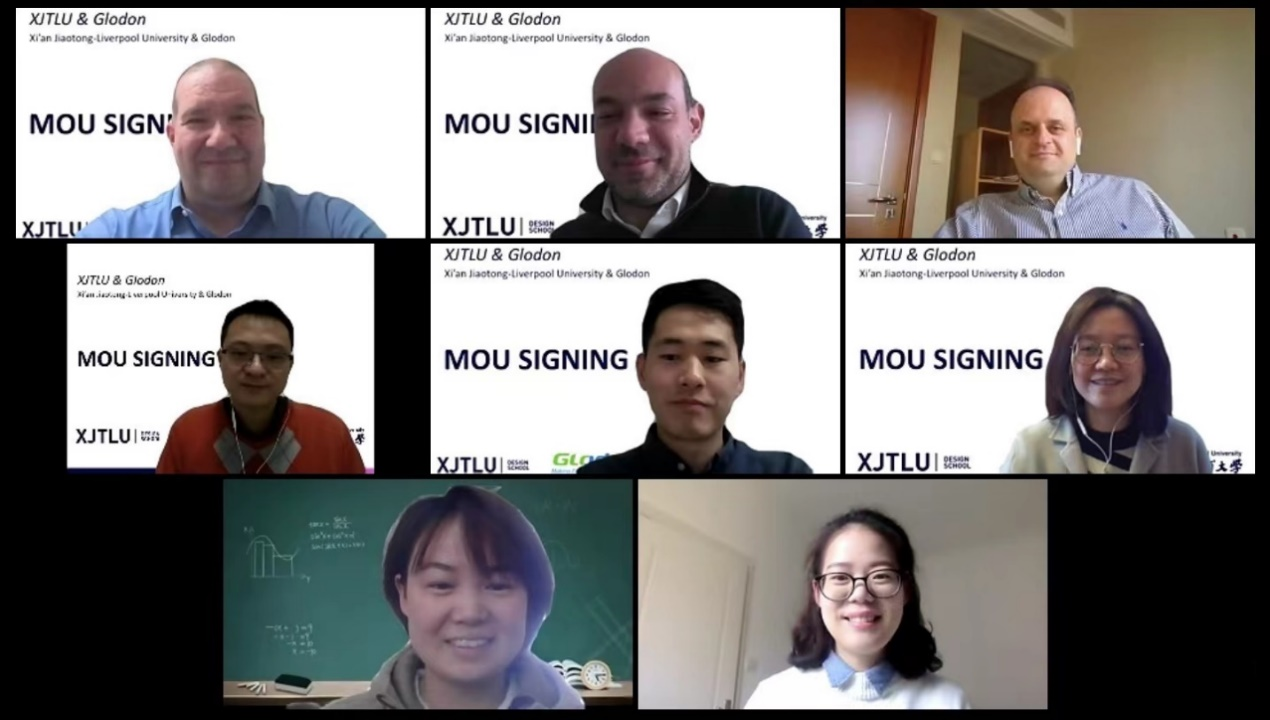Nov 11.2022
Glodon Digital Transformation Insights Shared at Smart Buildings Conference 2022
Smart Buildings Conference 2022, a key influential event for built environment professionals, was held virtually on 2-3 November 2022. Returning for its 5th year, and in collaboration with REDAS and Glodon, the RICS Smart Buildings Conference comes at an opportune time as we step into new ways of working.?


The Conference was themed on Contributing to the future of Greener and Smarter buildings, which covered the built environment with an eye toward the future, with around 300 attendees and 50 leading global speakers.
Glodon Principal Business Expert Dr. Nazirul gave a keynote speech on how surveyors could get involved and benefit from digital transformation.
According to IDC's research, by 2025, the global digital economy driven by digital products and services will account for 58.2%. The construction industry is one of the least digitalized industries in the world and is crucial to society, the economy, and the environment. Cost, skill shortage, no apparent demand from clients and stakeholders, lack of standards, and disciplinary silos are the main challenges that the industry encounters. Despite the hardships, the immediate benefits of digital transformation should never be ignored: productivity improvement, cost reduction, risk mitigation, and collaboration facilitation.

According to Dr. Nazirul, digital transformation is impacting five areas of the surveying profession, including physical presence, interpersonal skills, learning content, Algorithmic content, and data content. Surveyors are multi-skilled professionals. Each job title will share a set of basic tasks and add to this a specialism. A change in the skillset is required for surveyors in these five areas where the impact will be seen soonest.
One Glodon project case of introducing Building Information Modeling (BIM) beyond 3D into 4D and 5D was also mentioned at the session. BIM is a dynamic process for creating and managing information on a construction project throughout its whole life cycle. The term "dimension" of BIM refers to the type and presentation of information in a BIM model. It is common knowledge that 3D means three-dimensional graphical information; 4D means time and programmer information; 5D means cost information. Moving BIM beyond 3D into 4D and 5D can deliver significant benefits in both time and cost.

Glodon?International?Research?and?Intelligence?Director?Sebastian?Tang was in a panel discussion on proptech and revolutionizing smart buildings with digital twins. As buildings and the next generation of loT technologies continuously evolve, increasing amounts of information and data are retrieved from sensors and management systems. In order to better understand the internal operation of the building, it is necessary to establish a system platform to monitor the internal and external components in real-time. Hence the concept of digital twins is developed, which is a virtual morphologic reflection of a physical building that can analyze loT data collected from various sensors in real-time. Artificial intelligence and machine learning software would be used to process and analyze collected information for stakeholders to make efficient decisions about energy, occupancy, maintenance, and security.?
 Questions
about how we handle the challenge of CIM modeling with aligned benchmarks and
unified standards, how a digital twin probably solves the problem of a city's
resilience and how a smart building related to a digital twin or smart city
masterplan was also discussed during this session.
Questions
about how we handle the challenge of CIM modeling with aligned benchmarks and
unified standards, how a digital twin probably solves the problem of a city's
resilience and how a smart building related to a digital twin or smart city
masterplan was also discussed during this session.
Contact us to find out more about the Smart Buildings Conference 2022.












